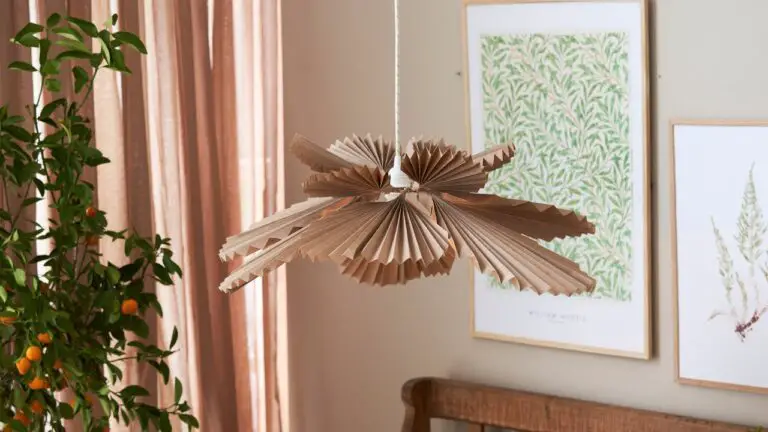Are you looking to enhance the ambiance of your space with unique and creative lighting? In this article, we explore artistic approaches to lighting that can transform any room into a visually stunning masterpiece. From dramatic spotlighting to subtle mood lighting, we cover a range of techniques that will inspire you to think outside the box when it comes to illuminating your surroundings. Whether you’re a seasoned interior designer or just looking to add a touch of flair to your home, these innovative lighting ideas are sure to spark your creativity.
What are the 4 types of light in art?
In art, the 4 types of light include Front Lighting, which illuminates the subject from the front, highlighting details; Form Lighting, which creates depth and volume by casting shadows on the subject; Rim Lighting, where light grazes the edges of the subject, emphasizing its silhouette; and Back Lighting, which creates a halo effect around the subject, adding drama and atmosphere. These different types of light play a crucial role in shaping the mood and visual impact of a piece of art.
Which art style focuses on light?
Luminism, an art style focused on the expression of light, encompasses various painting styles including Baroque tenebrism and impressionism. This emphasis on light is evident in movements from the late 19th to early 20th centuries, such as American, Belgian, and Valencian luminism.
Artists who practice luminism pay special attention to capturing the effects of light on their subjects, creating a sense of depth and atmosphere in their works. By using techniques like subtle gradations of color and precise brushwork, luminist painters bring a heightened sense of realism and drama to their compositions.
Through the use of luminism, artists are able to convey not just what is seen but also the emotions and atmosphere surrounding a scene. This style allows for a more immersive and dynamic viewing experience, as light becomes a central element in shaping the mood and narrative of the artwork.
What form does light take in artistic expressions?
Light Art is a captivating and immersive form of artistic expression that goes beyond traditional mediums, transforming spaces and engaging viewers on a sensory level. Through the manipulation of light, artists create dynamic and interactive installations that challenge our perceptions and evoke emotional responses. Whether it’s through the use of neon lights or intricate projections, Light Art pushes boundaries and invites us to see the world in a new and unique way.
Illuminating the Path to Creativity: Mastering Artistic Lighting Techniques
Step into the world of artistic lighting techniques and unlock a realm of creativity like never before. With a keen eye for detail and a mastery of light, you can transform any space into a mesmerizing work of art. By understanding the power of shadows, highlights, and color temperature, you can illuminate the path to creating captivating and visually stunning compositions. Let your imagination run wild as you experiment with different lighting setups and techniques, ultimately mastering the art of lighting to enhance the beauty and emotion of your work. Illuminate your creativity and watch as your artistic vision comes to life in ways you never thought possible.
Shedding Light on Your Art: A Guide to Mastering Artistic Lighting Techniques
Mastering artistic lighting techniques is essential for any artist looking to elevate their work. The right lighting can transform a piece of art, adding depth, drama, and emotion. By understanding how to manipulate light, artists can create stunning visual effects that captivate their audience.
One key technique to master is the use of natural light. Whether it’s the warm glow of the sun at golden hour or the soft, diffused light on a cloudy day, natural light can bring a sense of realism and authenticity to artwork. By learning how to harness and control natural light, artists can create dynamic and immersive pieces that draw viewers in.
In addition to natural light, mastering artificial lighting techniques is also crucial for artists. Whether it’s using studio lights, flash photography, or LED panels, understanding how to manipulate artificial light sources can open up a world of creative possibilities. By experimenting with different lighting setups and techniques, artists can add drama, mood, and atmosphere to their work, turning a simple image into a captivating masterpiece.
Incorporating artistic approaches to lighting can truly transform a space, bringing depth, mood, and visual interest to any environment. By carefully considering factors such as color temperature, directionality, and intensity, designers can create captivating scenes that enhance the overall aesthetic and ambiance of a room. Whether it’s through the use of accent lighting, decorative fixtures, or innovative technology, the possibilities for creative expression are endless. So next time you’re looking to elevate your space, remember that lighting isn’t just functional – it’s an art form in itself.



